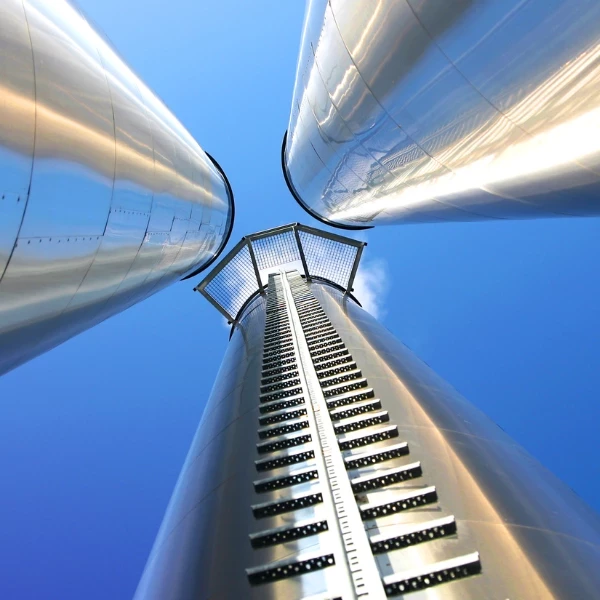The Real World Of Virtual Reality
Add bookmarkImagine how it would be to walk around in the area you are going to inspect or to do a maintenance job in and be familiarised with the environment, without actually being there. Image to assemble new complex structures and parts into existing structures to verify that it actually fits into the area, without actually doing the job. Imaging monitoring equipment in real time and seeing what is going on, remotely, and have it tell you when it needs maintenance before it breaks down.
Is this just a dream or is it possible to do this today? It has been known that military forces use advanced combat games to train for different situations and to learn to react fast. Pilots are training using advanced flight simulators. Can the oil and gas industry utilise the same kind of technology to improve the way they are working to do increase the efficiency, security and save money? I believe so.
A friend of mine is working in a company developing equipment for subsea and platform components for oil and gas. My friend’s son is studying gaming technology at university. Last summer, he had a summer job where he was doing ROV operation simulations. The engine used for the ROV simulations was almost the same kind of engine they were using in advanced computer games. The need for training was minimal. The generation that is growing up now are used to these kind of technologies and expect to find when they start working.
Another way of using advanced modelling and simulation is when constructing equipment. The type of equipment my friend’s company are making is often very costly and on-off type equipment specially designed for use at a specific plant. It is vital for them to know the exact dimensions of the areas where the equipment is to be placed and that it fits into existing components.
At the same time, the simulations can be used for training on the actual operations that is too be performed. He told me that they have had several cases where the equipment they made did not fit because the drawings and specifications where not up to date. In addition, you normally has only one try to fit the equipment. Some of the installations in the North Sea are turning 30-40 years and will still be in production for decades to come.
Many modifications have been done to the original constructions during the years. Keeping all drawings and specifications up to date is a large task and not all changes are recorded. This difference between the real world and how we think it looks like can cause many problems, be costly and cause safety risks.
One of the solutions for the inaccurate drawings and models is to perform laser scanning of the actual areas and create new 3D accurate models of the environment. One of our partners are working with this kind of technology.
One of the means to achieve this dream is the existence of what we call “The Digital Asset”. “For each physical asset there should exist a corresponding digital asset”. What is a digital asset? One our partners – AVEVA – defines it as:
The Digital Asset is the information core of every project and facility. It is the unification of the trusted information that flows through every system, populates every application, and is embedded in every document and model. It lives in sync with its physical equivalent; a record of change and a platform from which to predict its future. This asset actually appreciates in value across the life cycle – growing in breadth, scale and detail to underpin reliability, safety and productivity. It is the digital heart of your asset.
Can one system hold all information for a digital asset alone? No, I do not think so. Information around an asset will exist in many different formats and forms and no system will be able to keep all the information about the asset. The solution may be an information broker that knows the asset id/tag and where to find all relevant information. This way you can get a full 360-degree view of all the information connected to an asset, all documentation, data sheets, SOPs, maintenance history, drawings, sensor data, models etc.






















